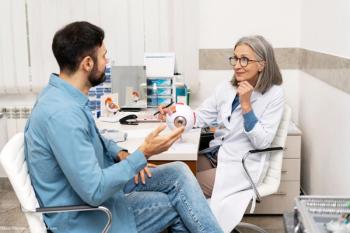
Prevalence of 'floppy eyelid' syndrome among employed people
In this article, the author discusses a recent study determining the frequency of 'Floppy eyelid' syndrome among patients of an active working age range.
It is known that the disease affects predominantly obese men in the age group between 49–60 years, but so far there is no data on the distribution by gender or race. The only information in the literature is based on the studies of the incidence of the syndrome in patients with obstructive sleep apnoea. Karger et al. reported a relatively low frequency: 2.3% in patients with sleep apnoea, McNab identified three patients with FES among 20 OSA patients, while Chambe and co-workers described 25.8% incidence among 127 patients with OSA.4–6
As a result of the limited amount of data currently available, a study was created to find the prevalence of the 'floppy eyelid' syndrome (FES) among a group of working people in the age range between 25–75 years. Here, I will present the details and outcomes of this study.
For the purpose of the study two ophthalmologists examined 312 patients, referred for annual preventive eye examination, provided by the employer in accordance with Occupational Health Service requirements, between January and June 2012. The examinations were done in the outpatient department of the University Eye Hospital 'Prof. Pashev', Sofia, Bulgaria, and Outpatient Clinic 'Denitza' Montana, Bulgaria.
Newsletter
Get the essential updates shaping the future of pharma manufacturing and compliance—subscribe today to Pharmaceutical Technology and never miss a breakthrough.














































